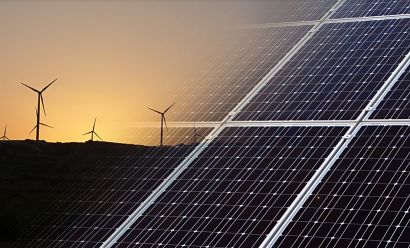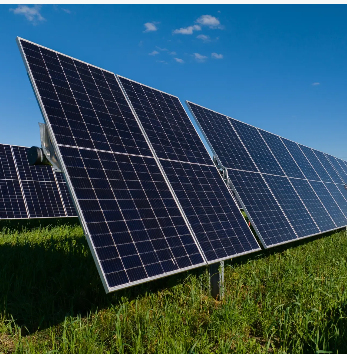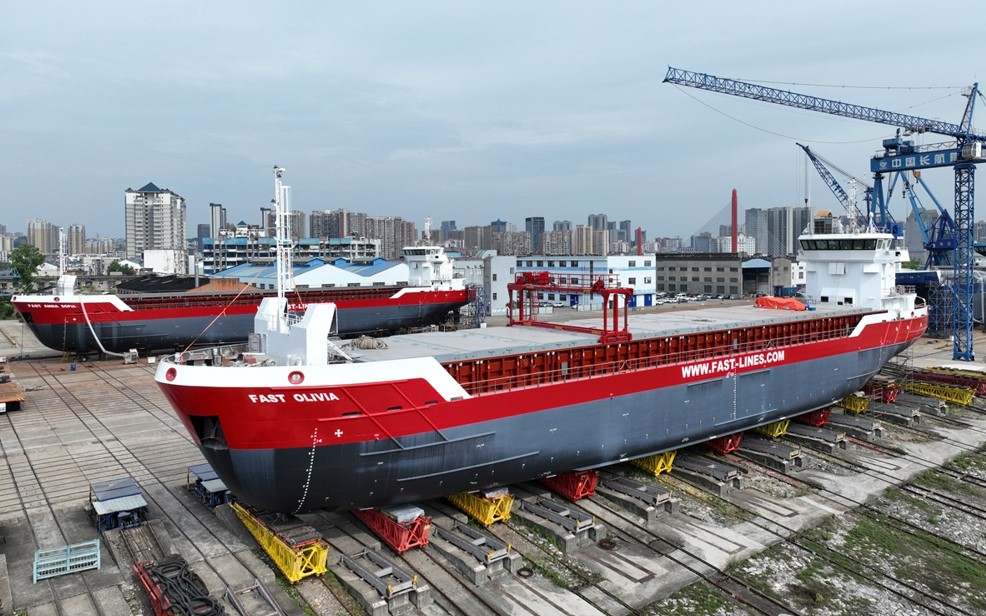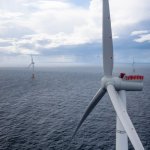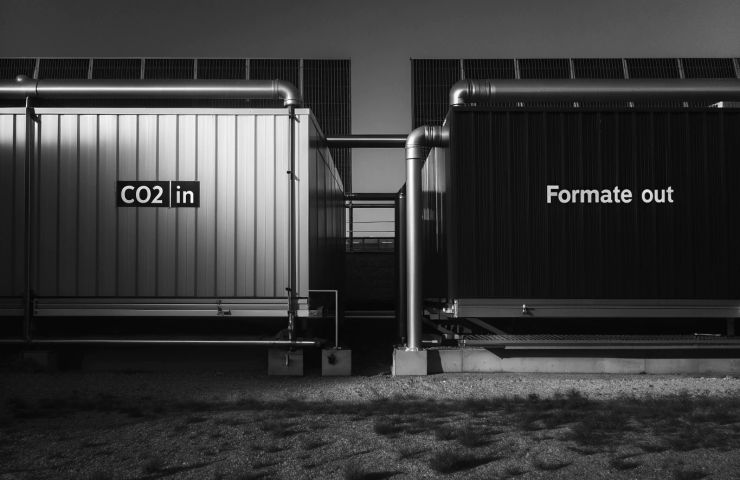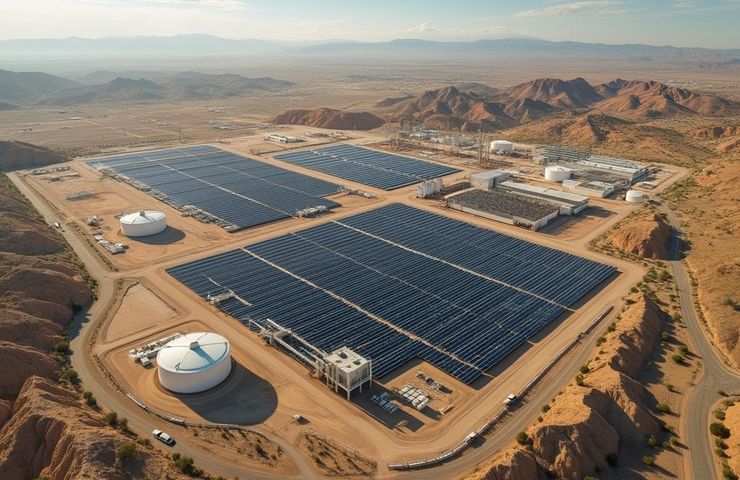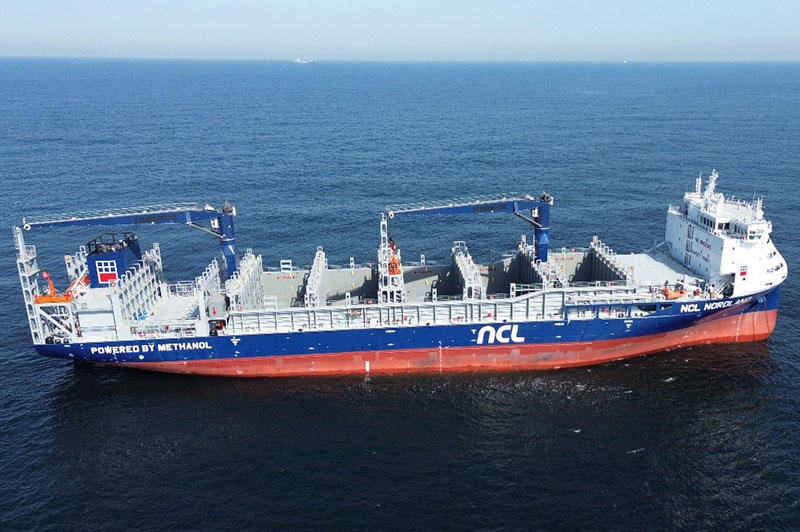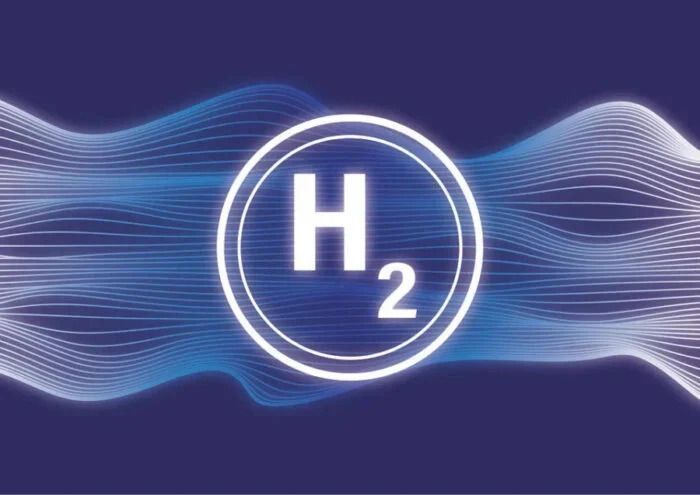Deploying floating PV on mine pit lakes, tailings ponds
Researchers in South Korea have conducted a literature review on recorded cases of floating PV plants placed on mine pit lakes and tailings ponds, both of which are byproducts of the mining industry. Looking at more than dozens of cases, they have concluded that mine pit lakes generally provide more stable environments for deployment.

Researchers in South Korea have conducted a literature review on recorded cases of floating PV plants placed on mine pit lakes and tailings ponds, both of which are byproducts of the mining industry. Looking at more than dozens of cases, they have concluded that mine pit lakes generally provide more stable environments for deployment.
A research group from South Korea’s Sejong University has conducted a literature review of the development of floating PV (FPV) in mine pit lakes and tailings ponds.
Both mine pit lakes and tailings ponds are byproducts of the mining industry. While pit lakes are water-filled craters that form in abandoned open-pit mines, tailings ponds are large, engineered structures designed to store the byproducts of mining operations, which typically include water, crushed rock, and trace metals, along with residual chemicals.
“Although FPV systems present a promising solution for sustainable energy generation in mining lakes and tailings ponds, their installation costs are generally higher than those of FPV systems deployed on other water bodies,” explained the researchers.
The higher costs depend on site-specific challenges such as complex anchoring and mooring requirements, water chemistry concerns, and the need for additional site remediation. “Studies indicate that FPV installations in mining environments require specialized designs to withstand fluctuating water levels, high sedimentation rates, and potential contamination risks, leading to higher capital expenditures compared to FPV projects on reservoirs or irrigation ponds,” they added.
Case studies
In their review, the team investigated 15 reported case studies of FPV plants in mine pit lakes in China, Bangladesh, India, the USA, the Netherlands, Germany, Austria, and France. Some were coal mines, while others were used for phosphate, sand and gravel, limestone, or quarrying. The floating PV plants ranged in size from 0.75 MW to 650 MW.
Regarding tailings ponds, only one reported case has been found in the academic literature – a pilot floating plant built by multinational mining company Anglo American at the Bronces open-cut copper and molybdenum mine in Chile. The 86 kW system features 256 photovoltaic modules and is installed on a floating island.
Results
Listing the advantages and disadvantages of each case, the research team highlighted that the technical characteristics and installation conditions of FPV systems differ between mine pit lakes and tailings ponds.
The analysis showed that mine pit lakes generally provide more stable environments for FPV deployment, while tailings ponds require more complex site-specific designs due to their chemical composition and water quality. Tailings ponds, on the other hand, often have irregular shapes, fluctuating depths, and unstable sediment composition.
The researchers also warned that, despite their advantages, FPV installations in mining environments face issues such as fluctuating water levels, water contamination, material durability, and regulatory hurdles. “These site-specific issues must be carefully addressed to ensure long-term operational stability and environmental compatibility,” they concluded.
Their review can be found in the paper “Utilization of Floating Photovoltaic Systems in Mine Pit Lakes and Tailings Ponds,” published in Cleaner Engineering and Technology.
What's Your Reaction?

















